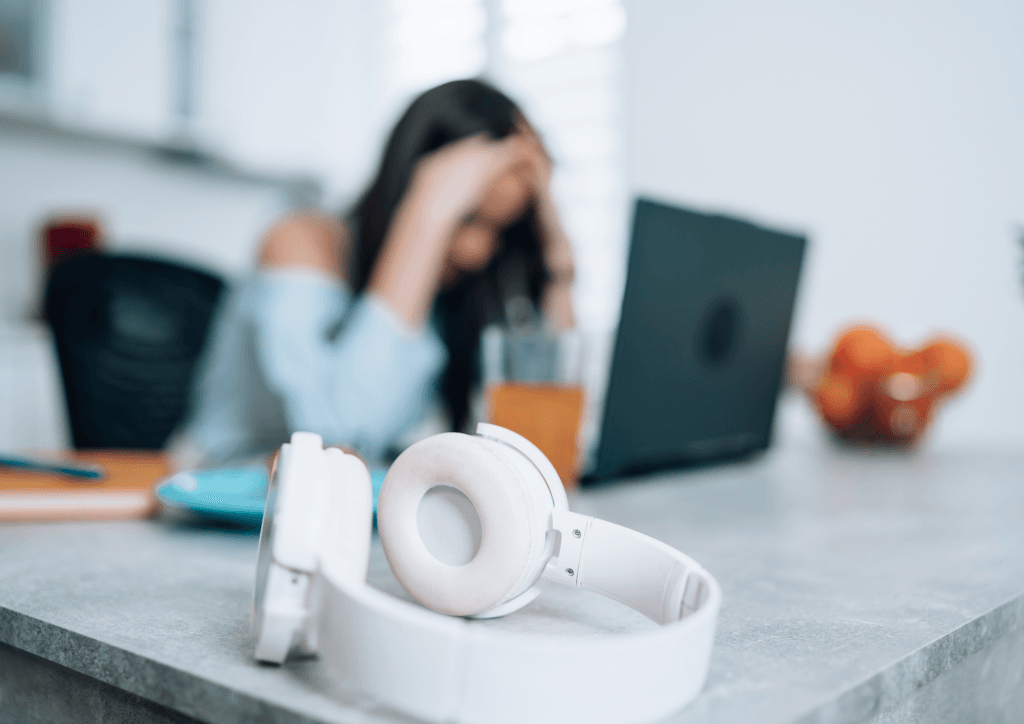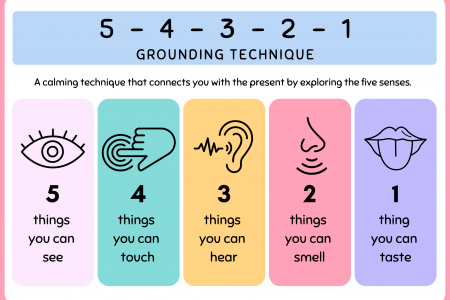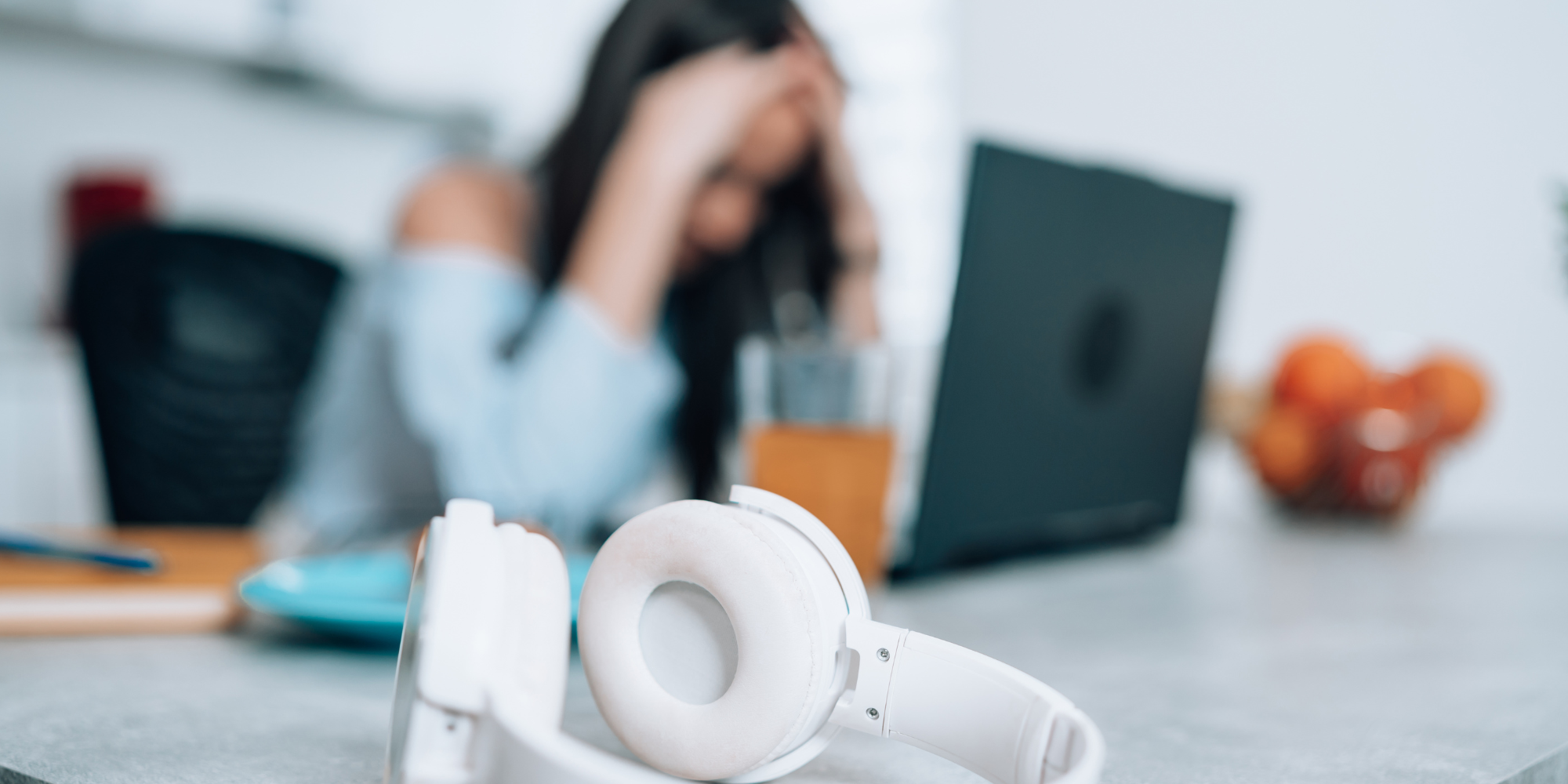
In this digital era, technology has become an integral part of our daily lives. While it offers convenience and accessibility, the constant presence of screens and online interactions can lead to digital anxiety. The pressure to stay updated, respond instantly, and maintain an online presence can be overwhelming. Here, we will explore the causes of digital anxiety and provide practical strategies to cope with the stress of always being online.
What is Digital Anxiety?
Digital anxiety refers to the stress and unease experienced due to excessive use of digital devices, social media and online communications. Some of the signs include:
- Feeling overwhelmed by constant notifications and messages.
- Anxiety over missing out on news, trends or social interactions (FOMO – Fear of Missing Out).
- Pressure to maintain an ideal online image.
- Difficulty disconnecting from work
Causes of Digital Anxiety
There are many factors that can cause an individual to experience digital anxiety. Some of these include:
- Social media comparisonThe lives that are presented on social media can lead to unhealthy comparison, self-doubt and unrealistic expectations.
- Work-Life imbalanceThe integration of digital tools can blur the lines between work and personal time.
- Information overloadThe internet bombards us with endless news, updates, making it difficult to process and filter information effectively.
Strategies for Digital Anxiety
- Set BoundariesCreate clear boundaries and rules when it comes to technology use. This can be achieved by applying time limits as to when and for how long you would like to use social media. Another way is to designate a tech-free environment whether at home or the office space. This allows you the opportunity to reconnect with activities that does not involve looking at screens.
- Practise digital detox Take breaks from screens and digital devices by engaging in offline activities that can promote your wellbeing. Offline activities can be in the form of gardening, reading or playing sudoku. Stepping away from screens allows your mind to gain mental clarity.
- Engage in MindfulnessMindfulness refers to being aware of what you are sensing and feeling in the moment, without interpretation or judgement. This is especially helpful in times when we feel anxious, overwhelmed or highly stressed. The 5 Senses exercise is a simple and effective tool to help guide you to start practising mindfulness.

- Disconnect to connectSetting aside time to disconnect through engaging in meaningful connections can help to build genuine relationships. Social connection helps to provide a support system that we can lean on when times get tough, reduce feelings of isolation and enhance emotional resilience.
While technology has transformed the way we live, work and socialise, it is essential to maintain a healthy balance between the digital and offline world. By setting boundaries, practicing mindfulness and prioritizing well-being, these are small steps that we can apply to create a healthier relationship with technology from here onwards.
References:
- Digital Burnout and Mental Health | McLean Hospital. (2024, June 21). www.mcleanhospital.org. https://www.mcleanhospital.org/essential/digital-burnout
- Mayo Clinic Staff. (2022, October 11). Mindfulness exercises. Mayo Clinic. https://www.mayoclinic.org/healthy-lifestyle/consumer-health/in-depth/mindfulness-exercises/art-20046356
- Teepe, G. W., Glase, E. M., & Reips, U.-D. (2023). Increasing digitalization is associated with anxiety and depression: A Google Ngram analysis. PLOS ONE, 18(4), e0284091. https://doi.org/10.1371/journal.pone.0284091
- The benefits of disconnecting: importance of a digital detox. (2025). Nutchel.fr. https://www.nutchel.fr/blog/benefits-of-a-digital-detox













